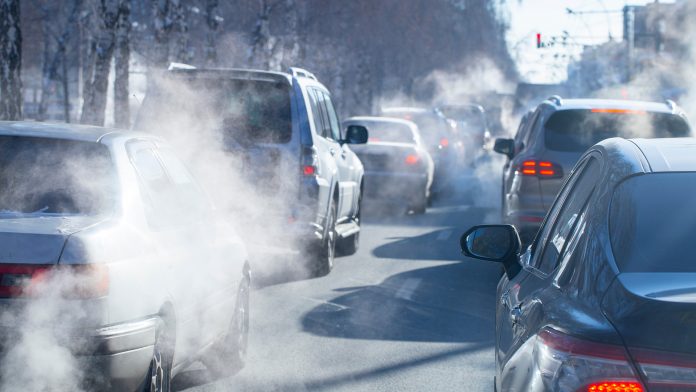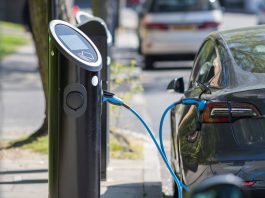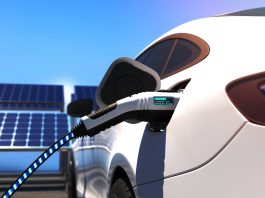The European Council and Parliament have announced a provisional agreement on Euro 7 regulations that will set new rules to limit vehicle emissions.
For the first time ever, the new Euro 7 emissions rules will cover cars, electric vehicles (EVs), vans, and heavy-duty vehicles under a single legal act.
The Euro 7 regulations cover vehicles, their engines, components and separate technical units in terms of emissions and battery durability.
The agreement will retain the previous Euro 6 emissions limits for cars and vans but will now reduce the limits for buses and lorries. The regulations will also limit the particles produced by brakes, notably for EVs.
Jordi Hereu i Boher, the Spanish minister for industry and tourism, commented: “With Euro 7, we aim to reduce road vehicle emissions, not only from the exhaust but also from brakes or tyres. At the same time, we aim to help our industry make the big leap to near-zero emissions vehicles by 2035.”
What vehicle rules will change under Euro 7?
The latest agreement on exhaust emissions maintains the current Euro 6 limits for cars and vans while introducing changes for finer particle emission control.
Solid particles as small as 10 nm (PN10) will now be regulated instead of the previous 23 nm under Euro 6, aligning with advancements in UNECE standards.
In heavy-duty buses and trucks, the agreement sets more stringent limits for various pollutants, even covering ones not addressed in Euro 6, such as nitrous oxide (N2O).
Regarding braking emissions, the agreed-upon text specifies distinct limits. For cars and vans, pure electric vehicles are capped at 3 mg/km in the standard driving cycle, whereas other powertrains have a limit of 7 mg/km.

Heavy vans have their own parameters—pure electric vehicles at 5 mg/km and other powertrains at 11 mg/km.
Furthermore, the legislators have imposed stricter lifetime requirements for all vehicles in terms of mileage and longevity. The new standards extend to 200,000 km or ten years for cars and vans.
Industry reaction
The European automotive industry has welcomed the new regulations and is now calling on support to ensure this transformative legislature can be implemented efficiently.
Sigrid de Vries, Director General of the European Automobile Manufacturers’ Association (ACEA), explained: “It is important to note that many of the new provisions bring significant technical and investment challenges at a crucial time in the zero-emission mobility transformation.
“As key elements are still to be decided through secondary legislation, we will continue working to ensure a realistic Euro 7 within the limitations imposed by the primary legislation.
“We should not underestimate the huge progress made by European vehicle manufacturers in reducing pollutant emissions from road transport. Indeed, between the first Euro standard and the first version of Euro 6, emissions were slashed by over 90%.
“The greatest improvements in air quality will be achieved by replacing older vehicles on EU roads and rapid electrification.”
When will the regulations be enforced?
Upon the enactment of the regulation, a structured timeline for implementation has been established.
For new types of cars and vans, there’s an allocated period of 30 months for compliance. In the case of new vehicles falling within this category, a slightly longer duration of 42 months is provided.
Separately, new types of buses, trucks, and trailers have a timeline of 48 months for adherence to the regulation. Moreover, for new vehicles in this category, a span of 60 months has been allocated.
Additionally, the installation of new systems, components, or distinct technical units in cars and vans must comply within 30 months. However, the same components intended for buses, trucks, and trailers have a longer implementation period of 48 months.








